Ingredients: Terminalia chebula ،Origanum vulgare،Coriandrum sativum،،Lavandula angustifolia، Pistacia lentiscus،، Boswellia serrata،Starch
Active Ingredients: Essential oil (cineole, isovaleric acid, geraniol, borneol, stene, d-fencone), flavonoid, tannin, essential oils (α-pinene, camphene, β-myrene, p-cymene, limonene, cineole, linalool, monoterpene, terpenoid, linalyl acetate, granulol, borneol), flavonoid, alkaloid saponin anetol.
Indications: Indications: Getting rid of brain drain. It is useful in getting rid of nazleh (moist secretions and excreta from the brain to the heart and lungs) and shortness of breath for all types of colds, eliminating the symptoms of pneumonia, chronic cough, bronchitis, asthma and emphyrem
Dosage and administration: Dosage and method of administration: 2 tablets should be taken every 8 hours. In acute and severe cases, the dosage can be increased by 3 tablets every 8 hours to obtain the desired effect
Side effects: No specific side effects have been reported
Recommended tips: Recommended tips: In acute and severe cases of the disease, the dosage can be increased by 3 times every 8 hours to obtain the desired effect.
Contraindications and precautions: Pregnancy
Pharmacological effects and mechanism of action MOA: Mastaki is famous in TFM as a drug with anti-atherogenic biological activity (atherogenic activity is the thickening of the vessel wall, which is actually a tissue response to damage caused by chronic inflammation and repair of the vessel wall endothelium and smooth muscle cells) and antiviral HSV: Hyper Simplex Virus and against Para Influenza Virus: PIV and works against many types of bacteria. P. lentiscus extracts significantly inhibited vascular permeability, indicating that these extracts are able to control the amplification of the inflammatory response. The presence of anthocyanins, flavonoids, and tannins in P. lentiscus extract can contribute to this anti-inflammatory effect. The immunomodulatory activities of medicinal plants were strongly related to their content of flavonoid and phenolic compounds. , showed that flavonoids such as quercetin, myristin and genistein can activate PI3-kinase, which is involved in the signaling pathways in the response of neutrophils. Lavender: Inhibition of cytokine storm by inhibiting synokine and reducing the amount of inflammatory cell infiltration plays a role. The most important combination of LEO; 1,8-Cineole, Borneol and Camphor play a role in fighting inflammation, for example, 1,8-Cineole inhibits cytokine production and inhibits arachidonic acid metabolites, and Camphor reduces edema and myeloperoxidase (MPO) activity - a It is an indirect indicator of neutrophil infiltration into the tissue. Decreased MPO activity indicates less neutrophil infiltration - and reduced NO production. A similar effect to dexamethasone caused by lavender essential oils. LEO has antiviral activity and anti-inflammatory activity, both topically and orally. The proposed mechanism of LEO seems to be partially involved with the participation of prostanoids, pro-inflammatory cytokines, NO and histamine. LEO affects the inflammatory response and has anti-inflammatory effects at low doses. On the other hand, the lavender plant plays an important role in modulating the immune system and is very effective in improving asthma and respiratory problems, and it is interesting to be considered. Coriander: various properties that are in the current field of study include antiviral, antibacterial, antifungal, antioxidant, immune system modulator (CSHE) Coriandrum sativum hydroalcoholic extract has obvious anti-inflammatory activity in antiarthritis, which reduces joint swelling during the period Observation was superior to 3 mg/kg indomethacin along with the measurement of joint swelling, three major cytokines secreted primarily by macrophages viz. TNF-α, IL-6, and IL-1β are reduced by CSHE, and in fact, coriander extract produces a greater inhibition of pro-inflammatory cytokine expression compared to indomethacin. Frankincense: In tracing the effects of frankincense to modulate the immune system in Modern medicine, we find that the chemical structure of Boswellia resin is similar to the structure of other pentacyclic triterpenes, which is very similar to anti-inflammatory steroids, and contains bosoleic acids (BAs), which have immune-modulating properties. BAs inhibit the production of TH1 cytokines. and the level of IFN-γ (A) and IL-2 (B) are also reduced. Cable gland: creating a balance between retention or preservation of useful substances with evacuation (evacuation) or disposal of waste materials in such a way that from a On the one hand, the reduction of vital fluid should not be caused and weakness should not be caused, and on the other hand, a lot of moisture should be removed, which should be done using stool softeners such as Heliledges. Chebulagic acid (CHLA) (Chebulinic acids (CHILI), punicalagin (PUG) and punicalin (PUN) are the four important constituents for the extensive antiviral properties of TC, and other active substances such as tannins, sterols, fixed oils, flavonoids and acids Amino. Digestible tannins affect all types of viruses. Viral connection with host cells is blocked by hydrolyzable tannins (digestible tannins). Many scientific evidences showed that EO has biological activity against viral DNA and RNA. Terpinen-4-ol, γ-terpinene, cis-sabinene hydrate, α-terpinene, α-terpineola are the active essential oils of marjoram that have antiviral activity and among the essential oils are beta ocimene, 1,8-cineole, alpha pinene and β-pinene are the main compounds that can act as the main anti-protease agents of SARS-CoV-2.
Pharmacological effect of this product from the perspective of traditional medicine:From the point of view of traditional medicine, the plants of this composition, in addition to the main properties of solvent and tonic, which cause the elimination of rotten phlegm and prevent the effects of waste materials on the body, by having the properties of cleansing (jali), opening, relaxing, first of all, with The help of heat and humidity and reducing the consistency of the body increases the diameter of the pores and ducts and thus prevents the blockage of the respiratory ducts. Secondly, with the help of breaking the rotten mixture from the form of coarse pieces into small particles and with the help of the washing properties of the moisture necessary to dilute and dispose of the waste materials, the substance inside the pores is removed and the organ is freed from the sticky mixture
References:1-Berrin O¨zc-elika, Mustafa Aslanb,, Ilkay Orhanb, Taner Karaogluc/ Antibacterial, antifungal, and antiviral activities of the lipophylic extracts of Pistacia vera /Accepted 29 November 2004 2-Hamama Bouriche*, Asma Saidi, Ayoub Ferradji, Sahra Amel Belambri, Abderrahmane Senator /Anti-inflammatory and immunomodulatory properties of Pistacia lentiscus extracts/ Journal of Applied Pharmaceutical Science Vol. 6 (07), pp. 140-146, July, 2016/ ISSN 2231-3354 3+Bradley P. P., Priebat D. A., Christensen R. D., Rothstein G. Measurement of cutaneous inflammation: estimation of neutrophil content with an enzyme marker. Journal of Investigative Dermatology. 1982;78(3):206–209. doi: 10.1111/1523-1747.ep12506462. [PubMed] [CrossRef] [Google Scholar] 4-Gabriel Fernando Esteves Cardia, 1 Saulo Euclides Silva-Filho, 2 Expedito Leite Silva, 3 Nancy Sayuri Uchida, 1 Heitor Augusto Otaviano Cavalcante, 1 Larissa Laila Cassarotti, 1 Valter Eduardo Cocco Salvadego, 1 Ricardo Alexandre Spironello, 1 Ciomar Aparecida Bersani-Amado, 1 and Roberto Kenji Nakamura Cuman / Effect of Lavender (Lavandula angustifolia) Essential Oil on Acute Inflammatory Response/Published online 2018 Mar 18. doi: 10.1155/2018/1413940/PMID: 29743918 5- Charis Anastasiou, Gerhard Buchbauer /Essential Oils as Immunomodulators: Some Examples/ received August 2, 2017; accepted November 4, 2017. 6-Vinod Nair, Surender Singh, and Y.K. Gupta/ Evaluation of disease modifying activity of Coriandrum sativum in experimental models/ Indian J Med Res. 2012 Feb; 135(2): 240–245./ PMID: 22446868 7-Marc R. Chevrier,1† Abigail E. Ryan,1 David Y.-W. Lee,2 Ma Zhongze,2 Zhang Wu-Yan,2 and Charles S. Via1*Boswellia carterii Extract Inhibits TH1 Cytokines and Promotes TH2 Cytokines In Vitro/Accepted 23 February 2005 8-MaryamIranzadaslaYasinKarimiaFatemehMoadeliaMehdiPasalarb1/ Persian medicine recommendations for the prevention of pandemics related to the respiratory system: a narrative literature review/ Volume 10, Issue 1, March 2021, 100483 9-Irshad Hussain,1 Najeebullah Amjad,2 Barkat Ali Khan,3 Sattar Bukhsh Awan,3 Nisar Hussain Shah4 Abur Rashid5/ Broad Antimicrobial Effects of Terminalia chebula: A Useful Candidate for its Clinical Studies Verses SARS-CoV-2/ August 2020 10-Damien S. T. Tshibangu1, Aristote Matondo1, Emmanuel M. Lengbiye2,Clement L. Inkoto2, Etienne M. Ngoyi1, Carlos N. Kabengele1,Gedeon N. Bongo2,3, Benjamin Z. Gbolo2,3, Jason T. Kilembe1,Domaine T. Mwanangombo1, Clement M. Mbadiko2, Shetonde O. Mihigo1,Dorothée D. Tshilanda 1, Koto-Te-Nyiwa Ngbolua2,3 and Pius T. Mpiana1 Possible Effect of Aromatic Plants and Essential Oils against COVID-19: Review of Their Antiviral Activity/ 11(1): 10-22, 2020; Article no.JOCAMR.60656 ISSN: 2456-6276

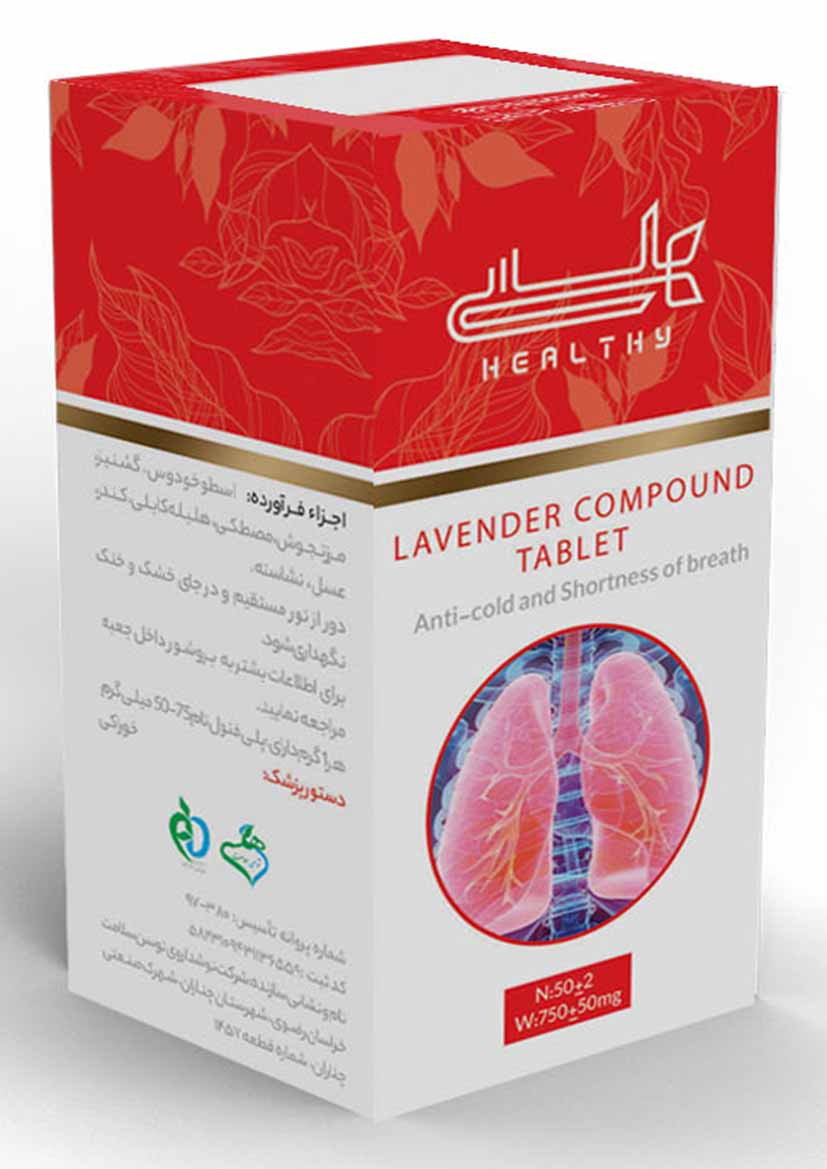
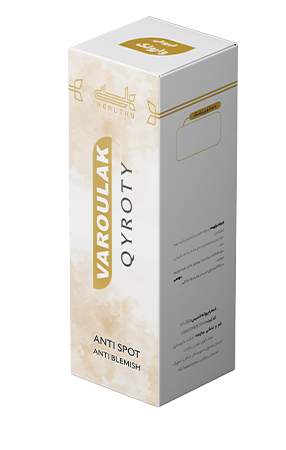
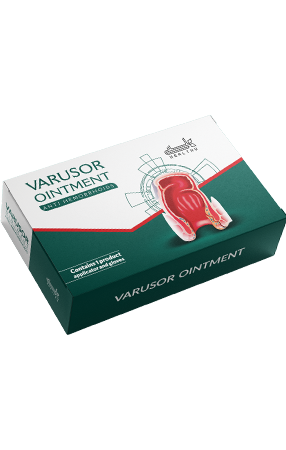
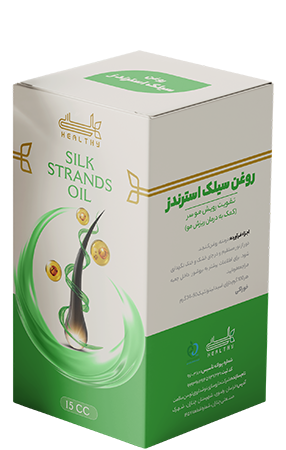
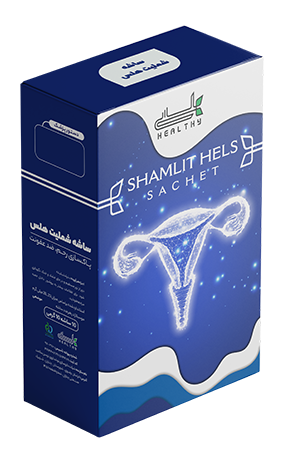
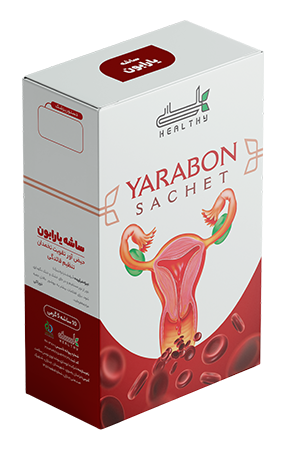

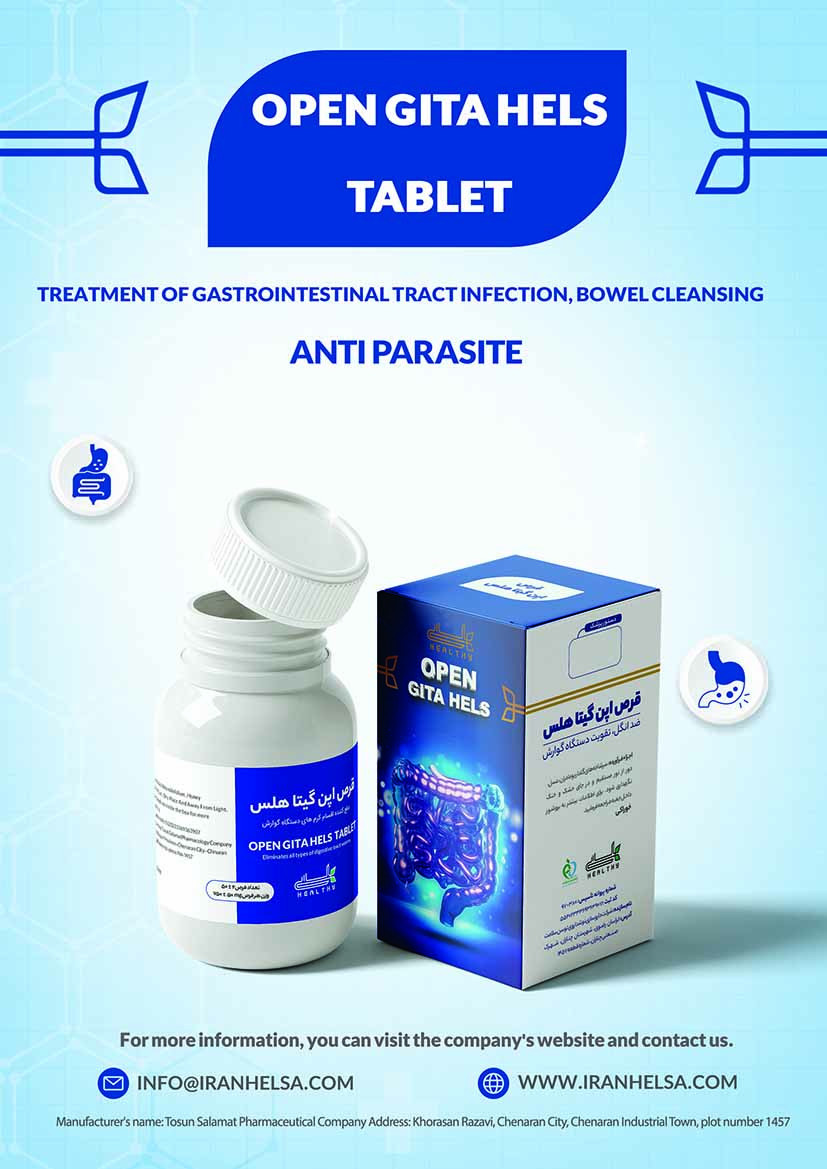
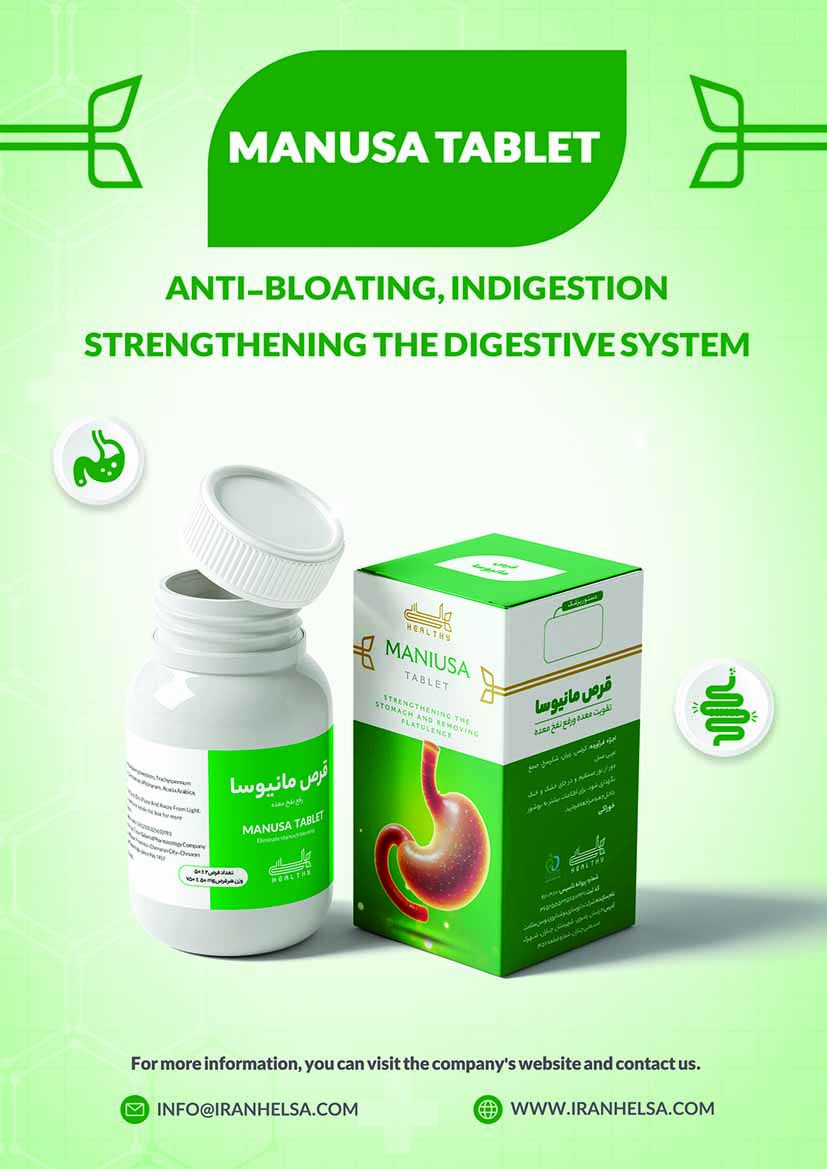
User comments